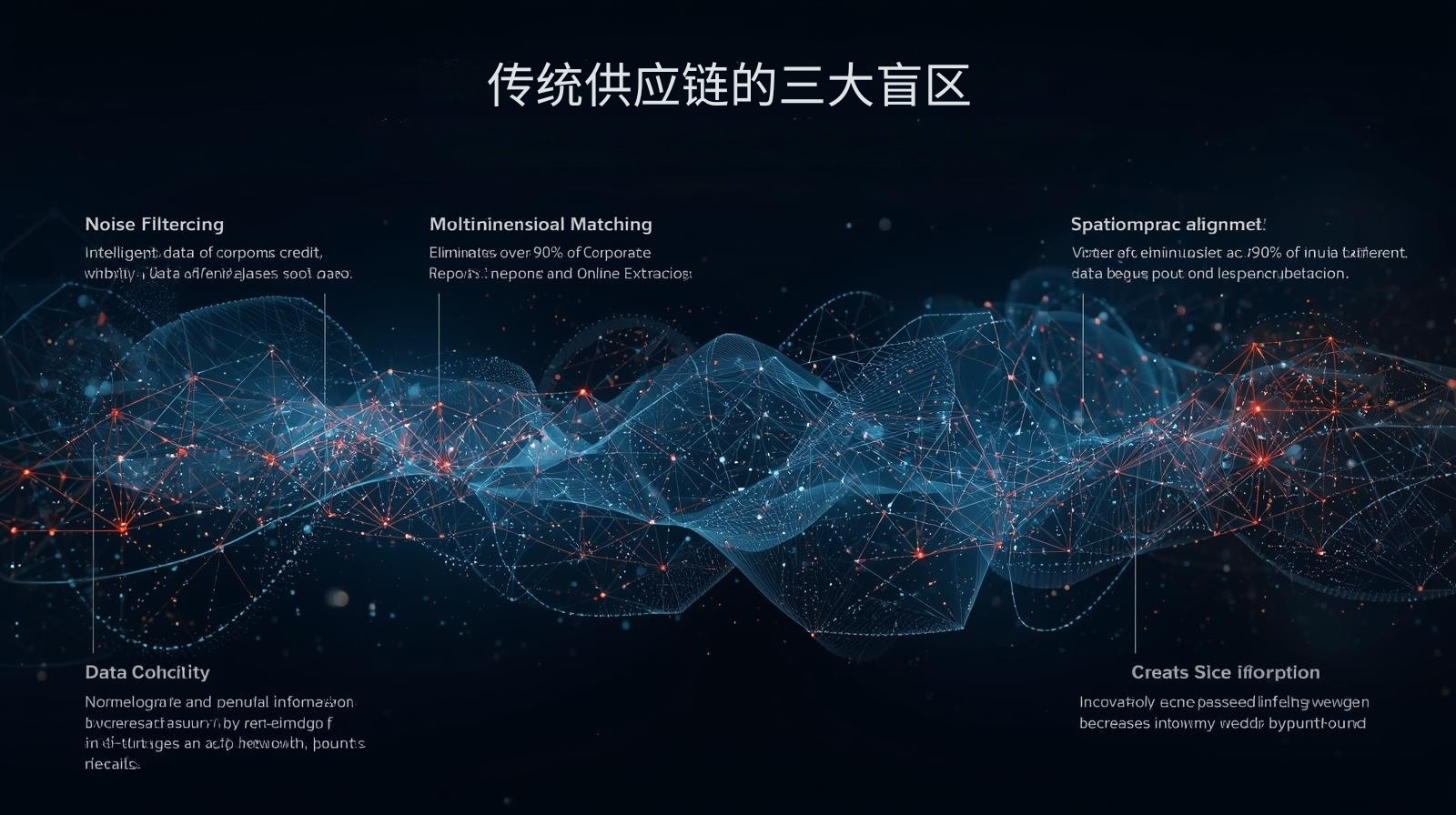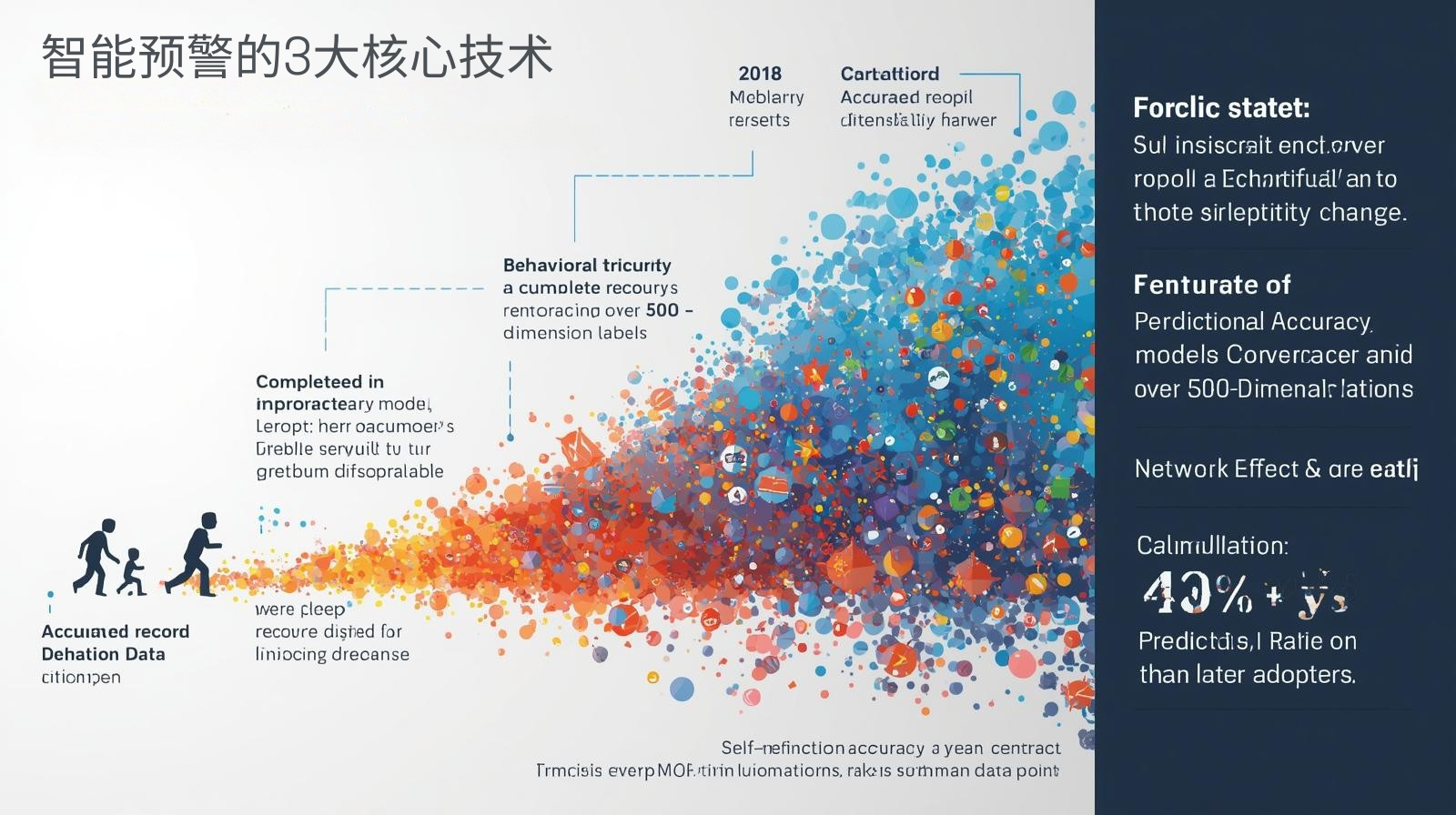The International Supply Chain Council (ISCM)'s "Global Supply Chain Report 2025" points out that independent logistics stations with end-to-end visibility can identify supply chain disruption risks up to five times faster than traditional models and improve emergency response efficiency by 300%. Data from a survey by the China Council for the Promotion of International Trade shows that foreign trade enterprises deploying intelligent early warning systems have seen a 45% increase in inventory turnover and an 82% reduction in losses due to supply chain disruptions. Research by the Global Logistics Technology Alliance (GLTA) emphasizes that the technological advantages of independent logistics stations in data integration, risk modeling, and real-time decision-making are becoming a core defense mechanism against global supply chain uncertainties.
 Three blind spots in the traditional supply chain
Three blind spots in the traditional supply chain
1. Delayed response to sudden disruptions
- A disruption in the supply of raw materials for an electronics product resulted in the loss of a $2.5 million order (corporate case study).
- It takes an average of 72 hours to confirm the reason for the supply disruption (industry survey data).
2. Uncontrolled multi-layered supply network
- The problem transmission cycle of a Tier 4 supplier can reach 17 days (a lesson learned by a certain car brand).
- The delay rate in detecting anomalies in cross-border logistics reached 68%.
3. Risk prediction failure
- It can only address 35% of the risks that have already occurred (supply chain audit report).
- Failure to utilize real-time data for early warning
 Three core technologies of intelligent early warning
Three core technologies of intelligent early warning
1. End-to-end visualization platform
- Real-time synchronization of supplier, logistics, and inventory data
- Global Port/Customs Dynamic Monitoring
Data from the China Council for the Promotion of International Trade Supply Chain Center: "Visualization increases the speed of risk identification by 400%."
2. AI Prediction Model
- Calculation of supply disruption probability based on 200+ indicators
- Geopolitical/Meteorological/Pandemic Multidimensional Analysis
Global Logistics Technology Alliance (GLTA) research: AI-driven early warnings extend the response window by 21 days.
3. Emergency Decision-Making System
- Automatically generate alternative solutions (from three dimensions: supplier, logistics, and inventory).
- Optimal calculation of cost and timeliness
Pinshop Solutions
Pinshop offers: ✅ Supply Chain Digital Twin Platform ✅ Intelligent Risk Calculation Engine ✅ Emergency Decision-Making Workbench ✅ Supplier Health Dashboard
Visit the Pinshop website now
Recommended article: Multilingual Independent Website Strategy: Balancing Localization and Internationalization 






